A Guide To Oil Painting Medium & Techniques - Art Shed Online
Author: Kira-Lee Kent Date Posted:20 March 2024
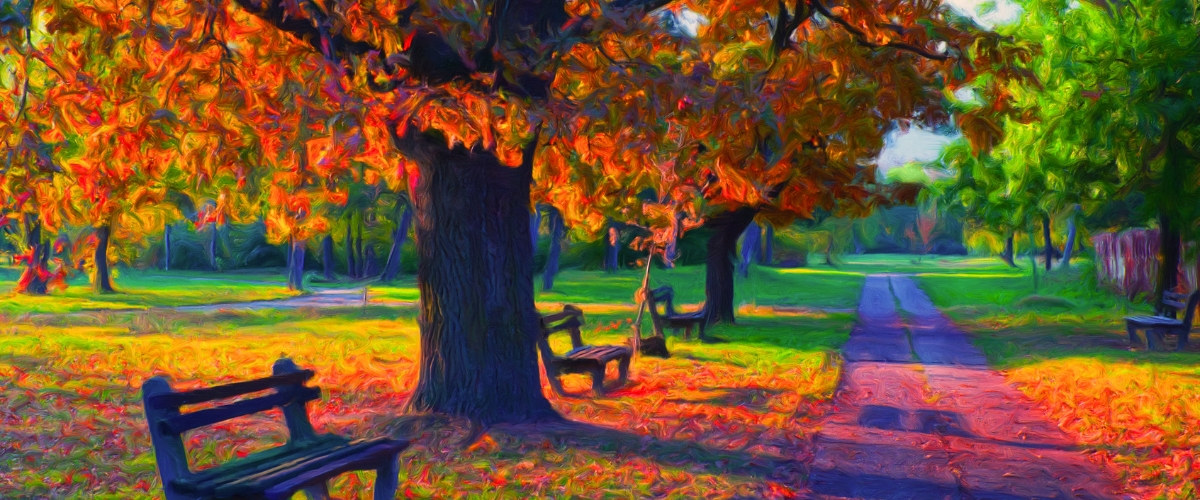
Oil paints have been the medium of choice for many artists for hundreds of years. Nowadays, there is a vast variety of oil painting mediums, allowing a wide variety of techniques and aesthetics to be possible. It is important to consider the results you would like to achieve when choosing a medium, as subtle differences can significantly impact. Keep reading to discover the various oil painting techniques and how to choose the right oil medium for your masterpiece.
Oil Painting Techniques
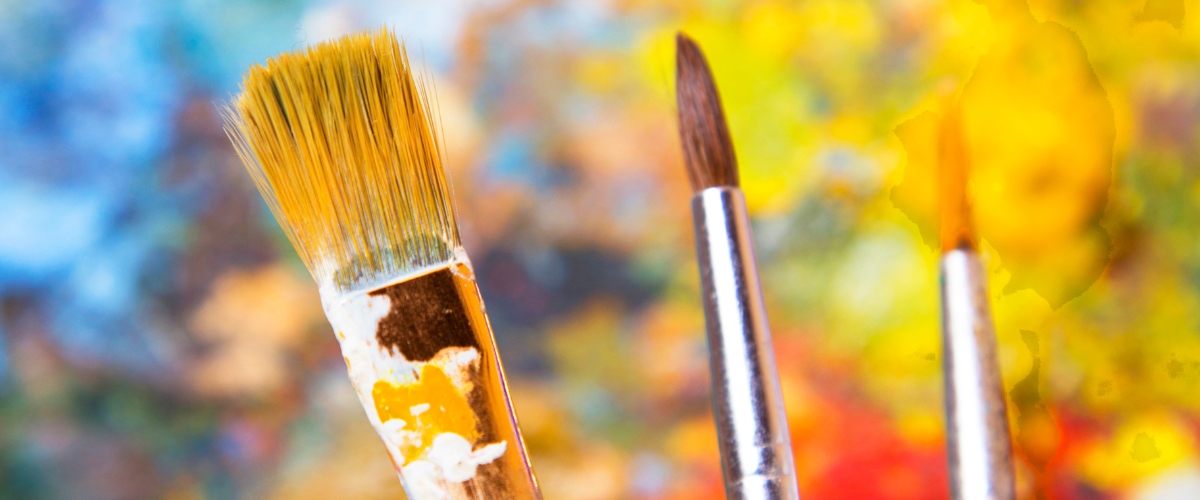
To avoid your paint cracking, there are a few rules to follow:
- Fat over Lean
The more oil in the paint, the “fatter” it is and the longer it will take to dry. To avoid cracking, make sure the lower layers of your artwork are leaner and the top layers are oilier. To prevent cracking, use lean first and fat for subsequent layers. This will give an even tension throughout the painting. This method is known as ‘lean to fat’.
- Thick over Thin
Make sure that the top layers of paint are also thicker than the base layers, as thicker/high-viscosity paint applications will also take longer to dry than thinner/low-viscosity ones. You can thin oil paints with odourless solvent or turpentine.
- Glazing
Glazes are thin, transparent layers of paint.
Glazes are used over paint layers to build depth and add colour to a painting. A glaze must be completely dry before another is applied on top. Several mediums can be used for glazing. A glaze layer should contain at least 10% oil colour.
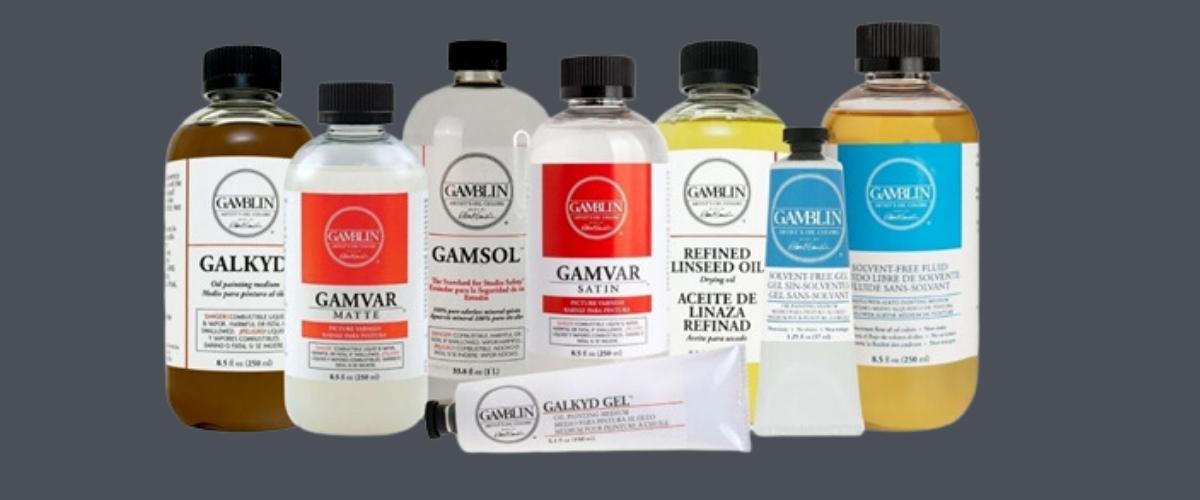
Types of Mediums
Oils
Oil can be added to Oil Paints to increase the flow and transparency of the paint, while also slowing down the drying process.
- Safflower Oil
Safflower Oil is a mid-viscosity medium that can be added to Oil Paint to improve the transparency, flow and gloss of the paint while resisting yellowing and slowing drying time. Safflower Oil is great for use with all oil colours and is particularly well suited to white and pale hues which can sometimes be more prone to yellowing.
- Refined Linseed Oil
Refined Linseed Oil is the palest of linseed oils that increase the flow and slows the drying times of oil colours. Use sparingly or mix with an equal amount of a solvent such as Gamsol to create a traditional, slow-drying, low-viscosity painting medium.
- Cold Pressed Linseed Oil
Cold Pressed Linseed Oil is a more traditional oil that will slow drying time and increase yellowing. Use sparingly or mix with an equal amount of an odourless solvent such as Gamsol to create a traditional slow-drying, low-viscosity painting medium.
- Stand Oil
Stand Oil is a thickened version of Refined Linseed Oil that increases flow and gloss and slows dry time. Colours mixed with Stand Oil will dry to a smooth, enamel-like finish with a tough elastic film. Use sparingly or mix with an equal amount of a solvent such as Gamsol to create a traditional, slow-drying, high-viscosity painting medium
- Poppy Oil
Poppy Oil is the slowest-drying oil. It is useful to painters working in traditional, wet-into-wet techniques that want the longest possible working time. Use sparingly or mix with an equal amount of solvent to create a traditional slow-drying, low-viscosity painting medium.
Solvents
- Solvents are ideal for use when preparing to paint, thinning oil colours and painting mediums, cleaning art supplies and removing other mediums.
- Pure Gum Turpentine
Pure Gum Turpentine is a natural, double-distilled solvent for oil painting. It can be used to help prepare your art supplies for use or it can be used as a medium.
- Artists Turpentine
Turpentine is used in the preparation of painting mediums and for cleaning equipment. It has less tack than Gum Turpentine.
- Gamblin Gamsol
Gamsol is a safe, non-toxic odourless alternative to turpentine and can be used to thin oil colours and painting mediums, and for general studio clean-up. All the harmful aromatic solvents have been removed and are regarded as non-hazardous material.
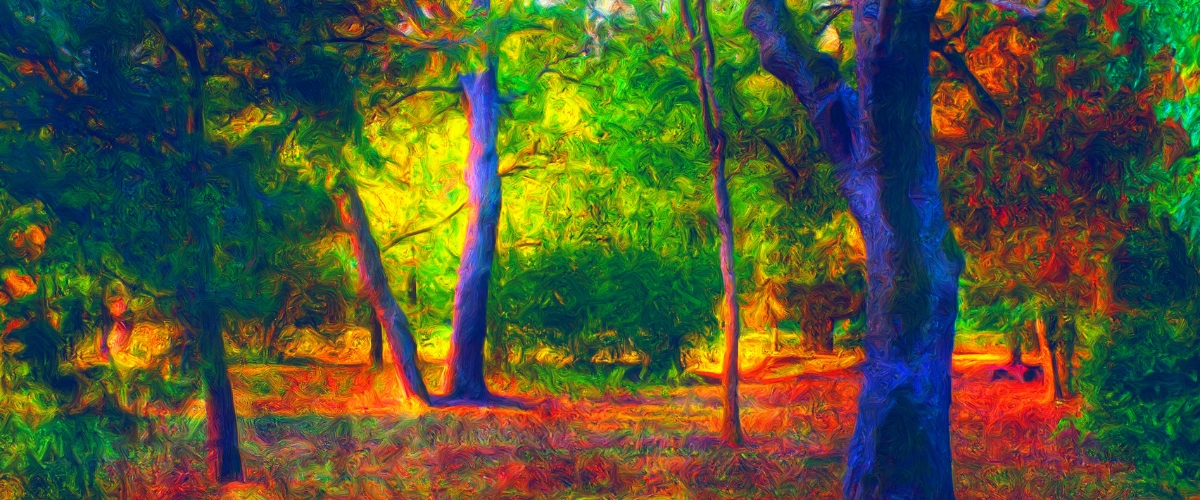
Low Viscosity Mediums
Low-viscosity (thin) fluid mediums increase the flow of oil colours and make very thin glazes, which are used for the very first layers of paint. Consider Gamblin Solvent-free fluid or 50% refined linseed oil with 50% Gamsol for making the thinnest glaze layers.
- Lean Medium
is a fast-drying liquid medium used to reduce paint viscosity. By altering the body of the paint, it creates better glide and spreadability making it ideal for underpainting and thinner paint techniques. Its fast-drying properties make it the perfect medium for layering techniques and fast workability. By increasing paint transparency, it creates a glass-like finish making it ideal for glazing.
- Art Spectrum Painting Medium No.1
Is the leanest thinning medium in Art Spectrum’s sequence of four oil painting mediums. It is the fastest drying, is excellent for underpainting and colour washes, improves the adhesion of oil paint, and reduces the absorption of acrylic primed surfaces.
- Winsor & Newton 75ml - Oil Blending & Glazing Medium
slows down drying time and improves paint flow making it ideal for techniques like blending, glazing, stroke work, antiquing and staining. It’s great for painting transparent layers of colour, blending colours and staining. It will leave you with a smooth, even surface with minimal brush stroke retention.
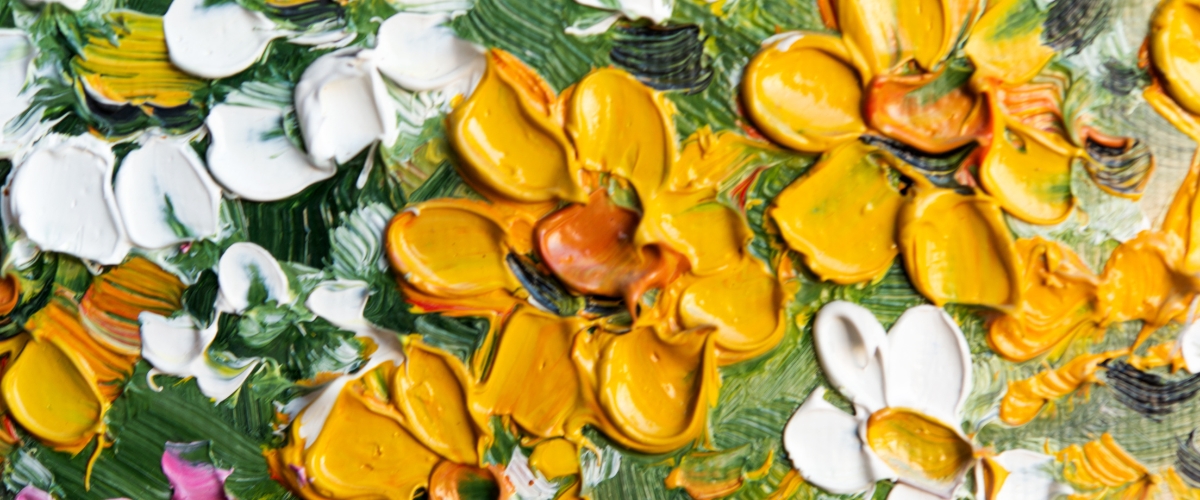
High Viscosity Mediums
High viscosity (thick) fluid mediums make thicker glaze layers compared to low viscosity mediums, levelling brush marks and creating an enamel-like surface. High-viscosity painting mediums increase the flow of oil colours and self-level brush marks, yet impart a “sticky”, quality. Consider Fat Medium, Art Spectrum Painting Medium No.2 and No. 3, Gamblin Galkyd and Stand Oil for this.
- Fat Medium is a thicker, oilier and slower drying medium that should be mixed with oils and applied as the final medium in the "fat over lean" sequence.
- Art Spectrum Painting Medium No.2
A great general oil painting medium, but also fantastic when used in the ‘fat over lean’ oil painting sequence following Art Spectrum No.1 Medium, being fatter and slower drying.
- Art Spectrum Painting Medium No.3
An even thicker, oilier and slower drying than Art Spectrum No.1 and No.2 Mediums, and can be used as the final medium in the
'fat over lean' oil painting sequence. On its own, it can also be used as a general oil painting medium and levelling agent.
- Gamblin Galkyd
Another great oil medium that when used in greater proportions with oil colour, will also level brushstrokes, creating an enamel-like surface while being fast drying.
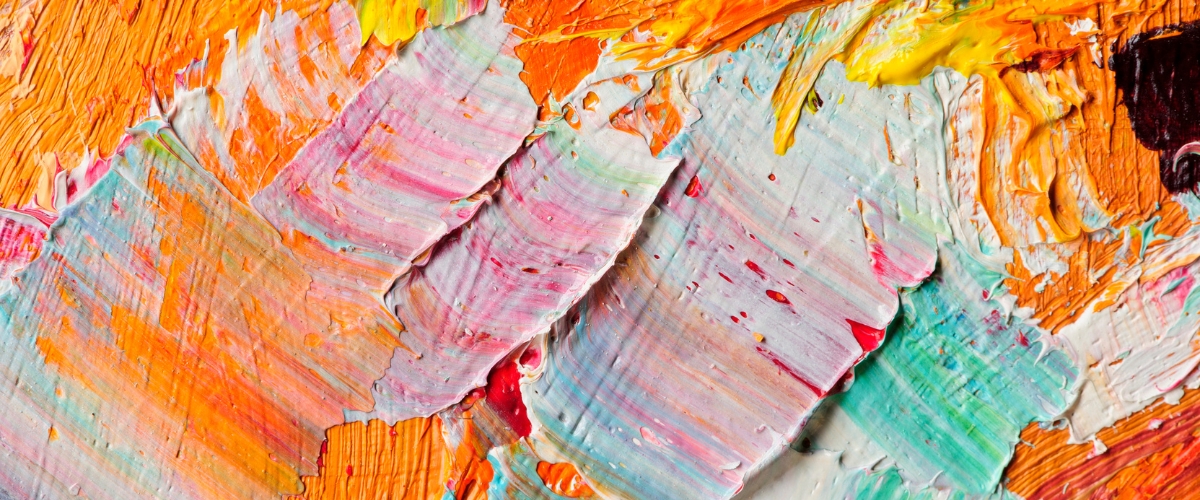
Creating Detail
To create fine detail work and greater blending capabilities with your oil painting, the Winsor & Newton Liquin Original is a great pale-yellow thinning medium for oil, which is designed to improve flow and wetting. This reliable favourite is a general-purpose semi-gloss medium that speeds drying, improves flow and reduces brush stroke retention and resists yellowing.
- The Winsor & Newton Liquin Fine Detail
A more fluid quick-drying, high-gloss medium that can also be used for fine detail, glazing, blending or to produce a smooth surface to your works, removing brush strokes and texture. It speeds up the paint drying time with a touch-dry finish in rapid time.
It resists yellowing, maintaining the colour and brightness of the paint over time. It is a natural approach to paint thinning and avoids the use of harsh chemicals.
- The Art Spectrum Painting Medium No.4 (Liquol)
Another great fast-drying, free-flowing, self-levelling medium for oils, excellent for thin glazing, transparent painting, blending and extending brush detail.
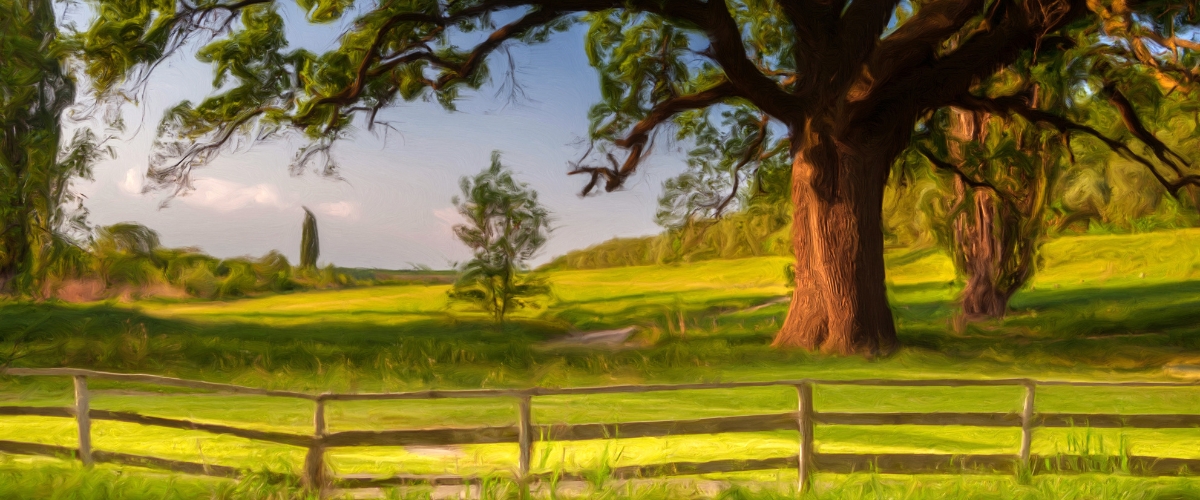
Creating Texture
Gel mediums can be used to make thicker glazes that retain their own texture.
Some artists glaze “wet-into-wet” using gel mediums.
Gel & Wax painting mediums extend oil colours, yet do not make them fluid.
Gel mediums are excellent for painters who create thicker impasto marks.
Impasto is a painting style in which paint is laid on canvas in thick layers creating an almost three-dimensional effect.
Take Vincent Van Gogh's very famous 'Starry Night' for example.
Consider Gamblin Galkyd Gel, a stiffer gel that creates impasto and holds thicker, sharper brush marks and dries more quickly.
Gamblin Solvent-Free Gel also gives colours more flow and transparency, yet holds the shape of your brush mark. Kaolin, a china clay, is also often added to oil paint to achieve an impasto quality.
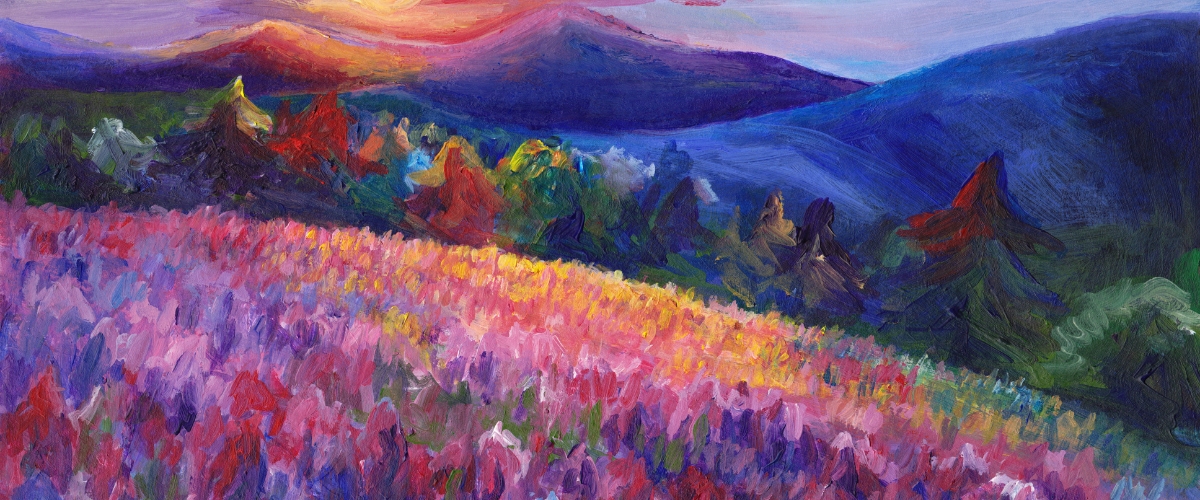
Mediums for Water Mixable Oil Colours
To slow drying time, reduce paint consistency and increase flexibility, use Winsor & Newton Artisan Oil Painting Medium (Water Mixable). When mixed with Winsor & Newton Artisan Oil Colours it increases luminosity and is great for layering on dull patches of paint to create a richer look and colour. It can be cleaned easily with water eliminating the need for harsh cleaning chemicals and it resists yellowing over time.
To produce fine detail, smooth out brush strokes and eliminate texture for a smooth glass-like surface, use the Winsor & Newton Artisan Fast Drying Oil Medium (Water Mixable).
It is a high-gloss, quick-drying medium for Winsor & Newton Water Mixable Oils.
It is resistant to yellowing maintaining bright vivid colour over time.
To retain brush strokes and create impasto-style texture, choose the Winsor & Newton Artisan Impasto Oil Medium (Water Mixable). Its dense formulation and ability to hold paint firmly in place make it perfect for painting techniques such as Impasto. Colour resists yellowing and can be easily cleaned with water.
To create fine detail and smooth brush strokes, use the Winsor & Newton Artisan Stand Oil (Water Mixable). It gives an enamel-like finish, protects your works and increases film durability. It is slow drying and can be easily cleaned with water eliminating the need for harsh chemicals. When mixed with paint it increases flow and transparency making a thicker paint more fluid and creating a gloss look.
.
Mont Marte Water Mixable oils are a fantastic substitute for traditional oils as you are able to work in a fume-free environment.
Art Shed stocks Mont Marte Water Mixable range as it provides a great alternative with a great price and quality.
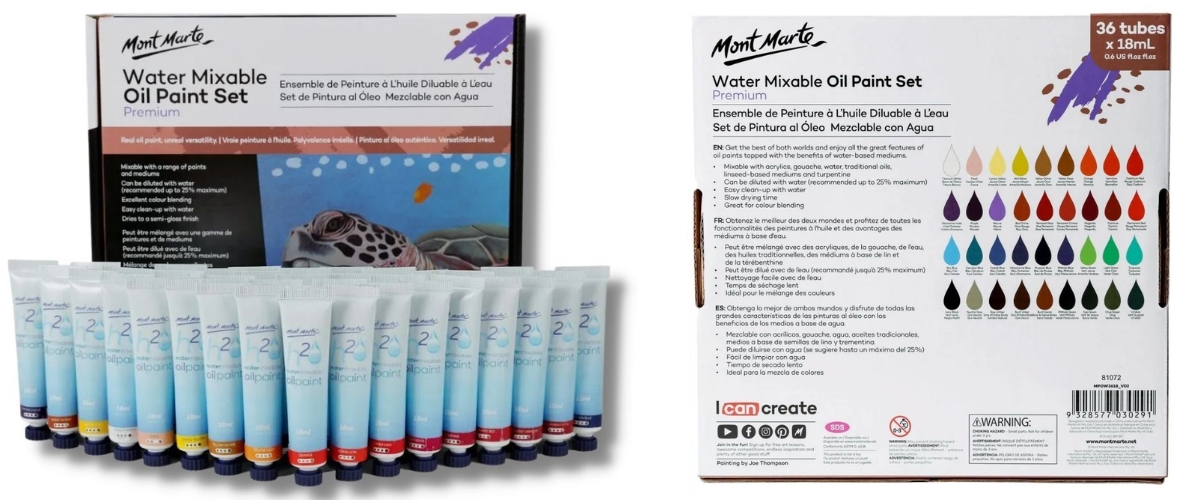
Varnish
Varnish is a final protective colourless coating that is applied after your oil painting has dried. Varnish is essential for protecting your finished masterpiece. It’s important to note that oil painting mediums should not be used as a varnish or final coat. Some great oil painting varnishes include:
Gamblin Gamvar
A water-clear varnish that saturates and gives greater depth to the colours in your painting and gives your work a unified and protective semi-gloss surface. Gamvar is virtually odourless and ready to apply when the thickest areas of your painting are thoroughly dry and firm to the touch.
Damar Varnish
Traditional varnish can be used to finish oil paintings. It gives a gloss finish and is applied as a permanent final coat to protect artwork from dust and other harmful residues.
Art Spectrum 250ml - Matt Wax Varnish
A great satin-matt varnish for paintings. The varnish is made from beeswax and natural resin. It can be rubbed on straight from the tin, or brushed on if heated first by placing the tin in a container of very hot water, and can be buffed up to a sheen with a lint-free cloth.

Oil Painting Tips
While you’re still learning, start small. Experiment with mediums and techniques on canvas pads or panels to get a feel for it.
Ensure your workspace is well-ventilated, with all your materials in easy reach.
Remember oil paints and mediums can be toxic, so be sure to keep them out of reach from kids and pets and dispose of them properly.
Avoid getting these on your skin as well.
Always allow your work to dry once completely away from direct sunlight, as light and heat can cause the pigments to fade and crack.
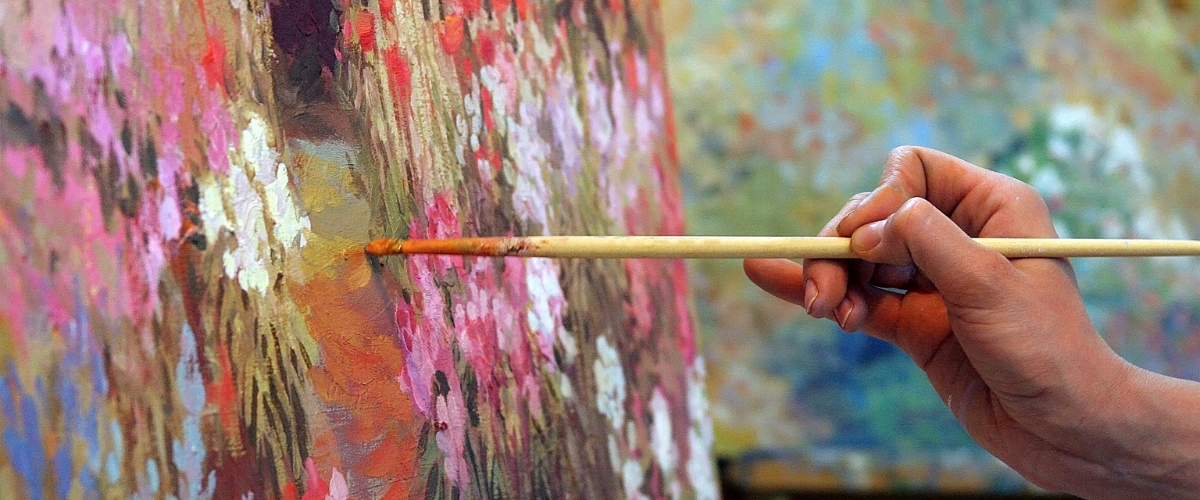
As always, art is about enjoyment, so experiment and have some fun with it. If you create anything from our blog tutorials don’t forget to upload photos of your masterpieces to social media and tag us, we love seeing what you guys create.
If you have any topics you’d like to learn more about, drop us a line with some blog suggestions.
Plus, don’t forget you can watch video tutorials on our YouTube channel https://www.youtube.com/user/artshedonline.
Happy creating!
F | @artshedonline I | @artshedonline
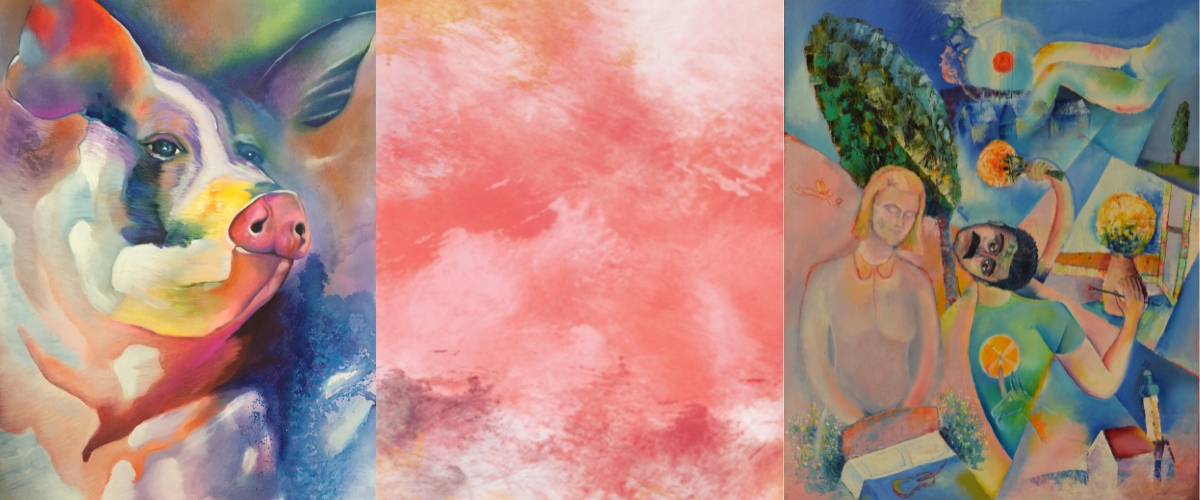
Comments (1)
Oil painting medium and techniques
By: dylan leo on 10 February 2022Thank you for your article. Enjoyed a lot.








